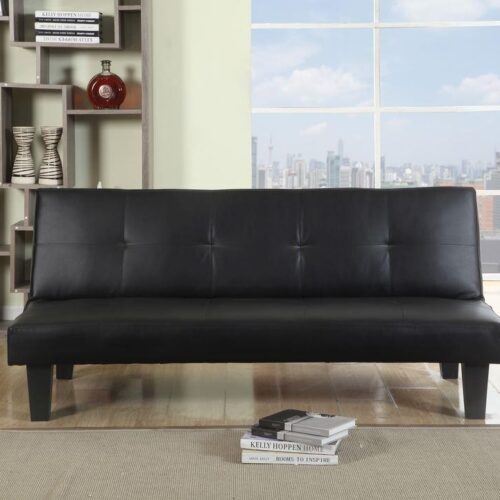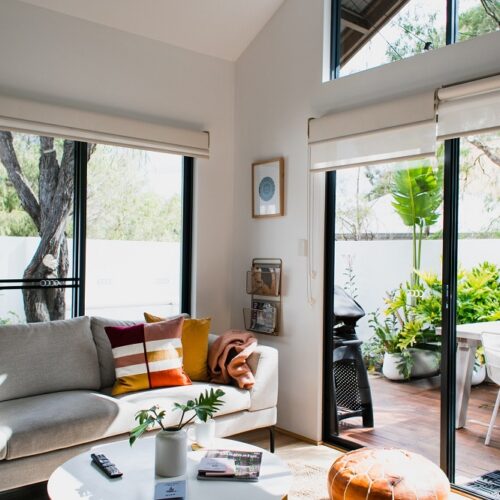Choosing the right kind of flooring is a hard decision as floors aren’t something you change according to your mood or whenever there’s a new interior design trend.
Flooring, especially if you opt for wood flooring, is a once in a lifetime decision. Changing it isn’t only expensive, but also a challenging home renovation that includes having to move everything out of a room.
As well as seeking out the right colour, pattern or shade, it’s worth bearing in mind that different patterns on the floor can have a special visual impact on your living space. Wide planks offer an expansive and contemporary look, whilst chevron or dutch patterns add charm, resembling the intricate parquet designs of old.
With engineered wood flooring today, you can play with the patterns.
One, two or three-strip pattern
Engineered wood flooring is made with a real layer of wood on top and manufactured into convenient equally sized planks. The basic way to lay them is in a traditional floorboard pattern.
The 1-strip pattern gives a simple and pleasing feel to your home. It works well at achieving a rustic ambience, but it can also enhance a contemporary house.

2-strip or 3-strip patterns, invite more colours and shades on the boards which can add playfulness to your space, adding warmth and depth. 3-strip patterns in engineered flooring can also be varied in tone, often having the pattern of a parquet but with the possibility of different shades.

Chevron and Herringbone pattern
You have no doubt seen chevron and herringbone patterns on practically everything these days from food labels to bedsheets. The zigzag formation is an eye-catching one, always interesting to look at.
With a rather interesting history, herringbone originated during the Roman Empire; it was a construction method for laying roads. The design later found its way into architecture (during the Italian Renaissance), textiles and flooring.
In western Europe, a lot of castles, Versaille included, had parquet flooring with a chevron or herringbone pattern. Today, you can find this kind of flooring in older apartments or in hip new places as the design has made a comeback.
It’s worth noting that wood tends to go with everything and especially if you are after that industrial/retro vibe in your space, where chevron or herringbone makes for a perfect finishing touch.
What’s the difference between the two?
Although the herringbone pattern is very similar to chevron, there’s a small difference. Chevron pattern has boards that meet at 45 degrees creating diagonal zigzags along one axis. Herringbone is a bit different, and the planks are rectangles laid to look like a fishbone.

Dutch pattern
Dutch pattern originates from the Netherlands, as you might have guessed. It consists of three strips of wood laid vertically with one laid horizontal. It’s perhaps not as popular as the chevron/herringbone pattern, but it gives a space a more unique look. Usually, the wood laid down in this kind of pattern is natural in colour.

When choosing wood for your floor, you can’t really go wrong – and engineered wood has the advantage of being less expensive than hardwood and is very hardwearing, better able to cope with temperature fluctuations in fact. You also can’t tell them apart to look at. Today you have the option of many different shades and patterns. Choose a classic wooden floor and it will never really go out of style.
Featured post
© Copyright 2019 Antonia, All rights Reserved. Written For: Tidylife


Leave a Reply